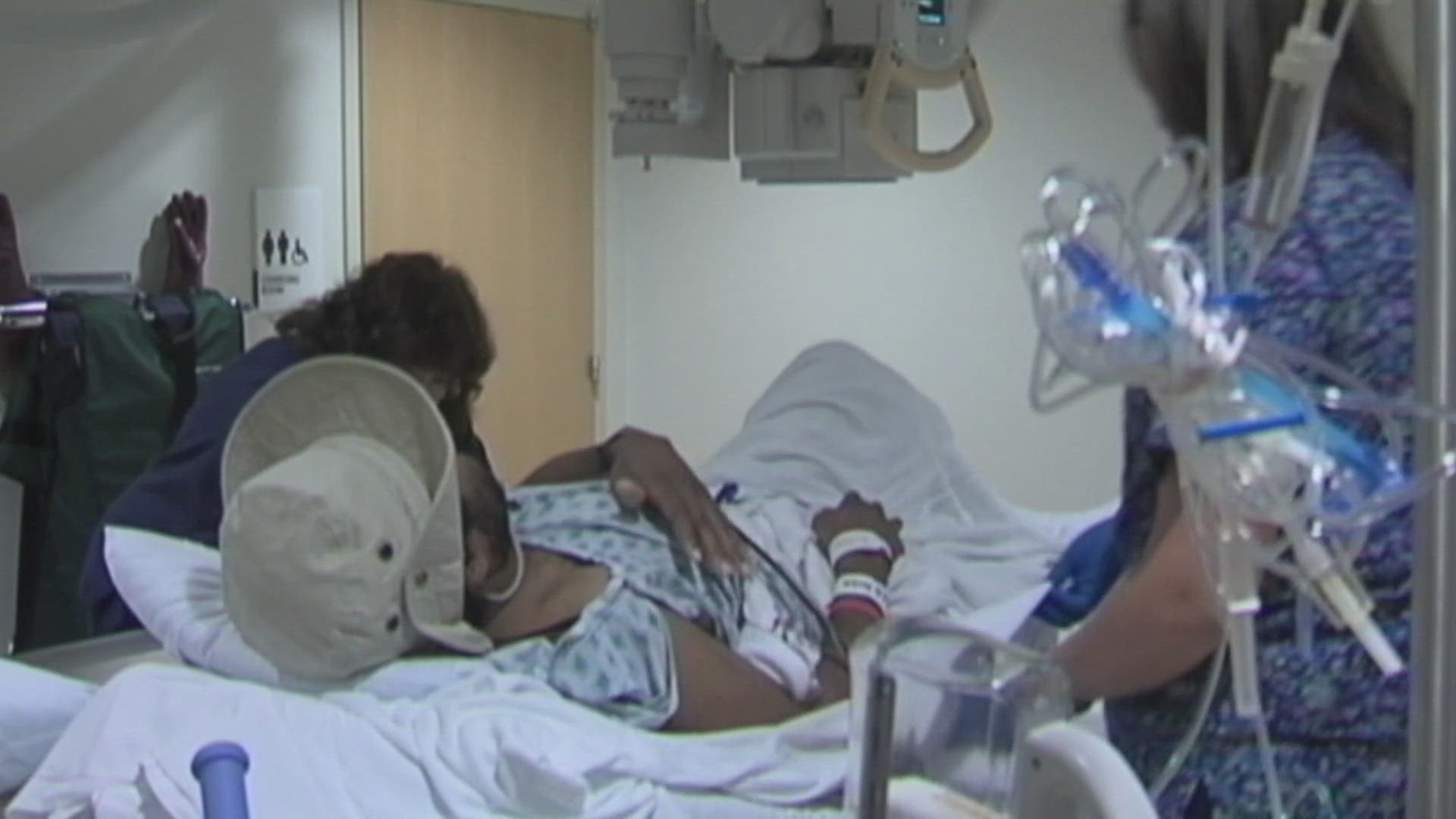CEDARVILLE, Ohio — While COVID-19 cases in Ohio certainly haven't reached the peaks of May or July, they have been starting to tick back up a bit, and that reality is starting to make itself known in the northeast part of the state.
The Ohio Department of Health on Thursday released its latest coronavirus risk levels for individual counties across the state, and Richland County has now joined Ashland County at Level 3, indicating "very high exposure and spread." Richland County, however, is now on a "watch list" for the peak Level 4 after meeting six of the department's seven indicators.
Most striking are the increases in new cases and hospitalizations throughout the county, which have both more than doubled. A majority of the cases have also occurred in non-congregant settings, which indicates a high level of community spread.
Should Richland continue to meet at least six indicators next weeks, it would move to Level 4, which would indicate "severe exposure and spread." No county has reached that level yet (although several have been on the watch list) and it is unknown what actions could be taken if it ends up occurring. However, the state's guidelines call for citizens to "only leave home for supplies and services" should it get to that point.
Ashland stayed in the "red" zone after meeting four of the seven indicators, with 100% of cases occurring in non-congregant settings. However, outpatient COVID-19-related doctor's visits have started to go down in the last week, meaning the county could be trending in the right direction.
Stark County had also been at Level 3 last week, but is now back down to Level 2. This is thanks to a decrease in emergency room visits, which are now half of what they were a few weeks ago.
Currently, 11 Ohio counties are in the Level 3 "red" zone, with Richland being the only one on the "watch list."



